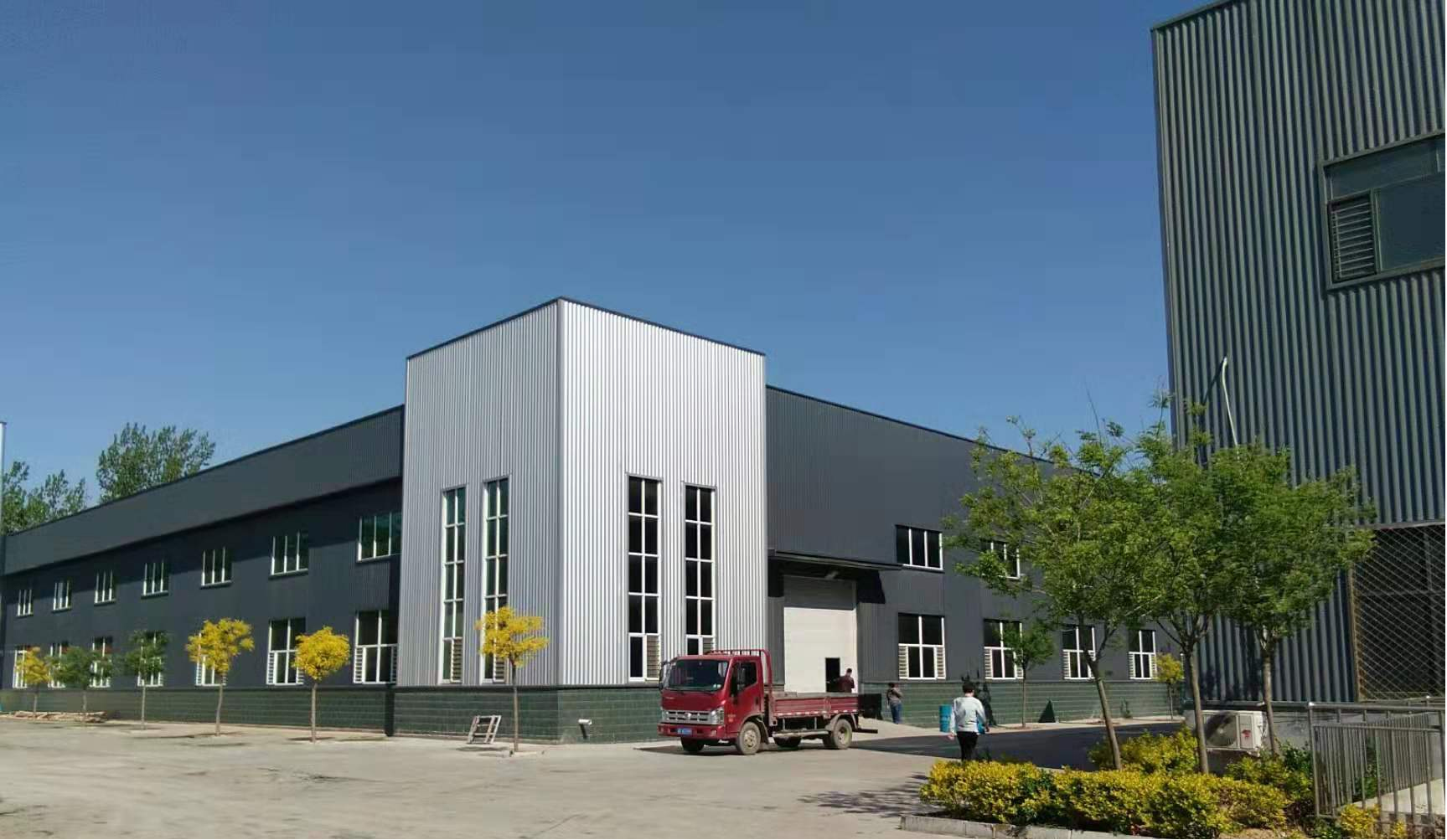Balance Bikes for Kids with Pedals to Enhance Riding Skills and Boost Confidence on Two Wheels
The Evolution of Balance Bikes to Pedal Bikes for Kids
In recent years, the world of children's cycling has undergone a significant transformation with the introduction of balance bikes. These two-wheeled wonders have become a fundamental tool in teaching young children the essential skills of balance and coordination before they transition to pedal bikes. The journey from a balance bike to a pedal bike is not just a rite of passage; it is an integral part of a child's development and understanding of cycling.
Balance bikes, also known as running bikes, are designed specifically for children typically aged 18 months to five years. Unlike traditional bicycles, they lack pedals, allowing children to propel themselves using their feet. This design helps kids focus on balancing, steering, and developing spatial awareness without the immediate complexity of pedaling. The absence of pedals encourages children to push off the ground, giving them a sense of independence and freedom as they glide along.
The Evolution of Balance Bikes to Pedal Bikes for Kids
Transitioning from a balance bike to a pedal bike is a natural progression that can happen quite smoothly. Many children who start on balance bikes can successfully ride pedal bikes without the need for training wheels. This is largely due to the skills they have already developed through their time on the balance bike. Their understanding of balance makes it easier to learn how to pedal and steer simultaneously.
kids balance bike with pedals

Moreover, balance bikes play a pivotal role in encouraging physical activity among children. In an age where screen time dominates, getting kids outside for some fresh air and exercise is essential. Riding a bike promotes cardiovascular health, strengthens muscles, and enhances motor skills. It also fosters a sense of adventure and exploration, allowing children to connect with their surroundings in a fun and interactive way.
While choosing a suitable balance bike, parents should consider the child's height and the bike's weight. The bike must be lightweight and easily maneuverable to facilitate a child's ability to push off and maintain balance. Additionally, adjustable seat heights can accommodate a growing child, ensuring long-term use and value. Safety features, such as sturdy frames and trusty braking systems, should also be prioritized to provide peace of mind while kids enjoy their rides.
Once a child masters the balance bike, the process of switching to a pedal bike can be both exciting and rewarding. It often marks the beginning of new adventures, from riding around the neighborhood to experiencing family biking trips. As children grow with their bikes, they can engage in social activities, competing with peers or simply enjoying leisurely rides together. This sense of camaraderie adds to their emotional and social development.
In conclusion, the journey from a balance bike to a pedal bike is a fundamental experience in a child's upbringing. It encapsulates the essence of learning through play, fostering independence, physical fitness, and confidence. As parents encourage their children to embrace cycling, they are not only setting the stage for future athletic pursuits but also nurturing happy, healthy, and adventurous individuals ready to pedal into the world.
-
kids-scooter-tiny-olympic-games-scooterathlonNewsAug.22,2025
-
kids-scooter-waves-xingtai-zhongzhous-global-rippleNewsAug.22,2025
-
baby-tricycle-oem-legacy-zhongzhou-forgedNewsAug.22,2025
-
xingtais-twin-tricycle-revolution-siblings-ride-togetherNewsAug.22,2025
-
baby-tricycle-design-inspired-by-ancient-armorNewsAug.22,2025
-
nfc-chip-enabled-oem-baby-tricycle-trackingNewsAug.22,2025
-
The Perfect Baby TricycleNewsAug.11,2025








